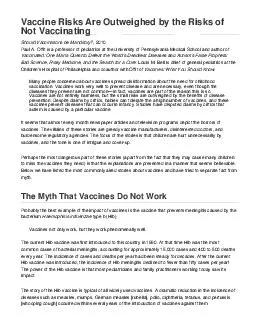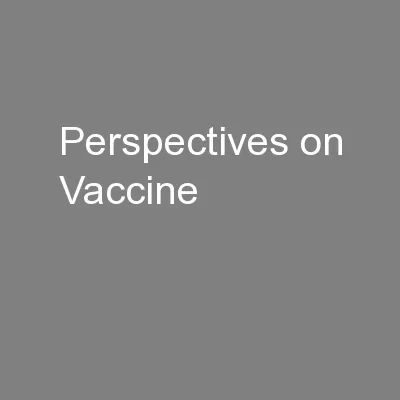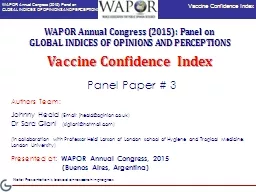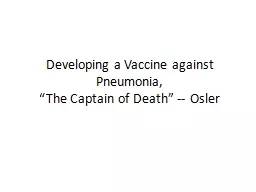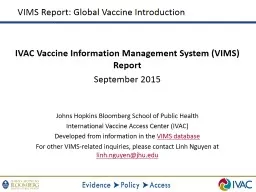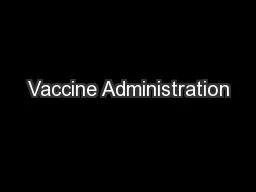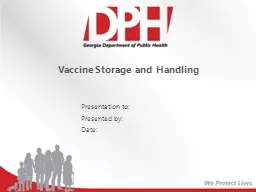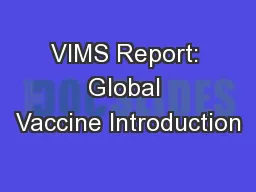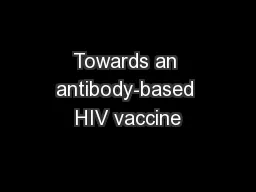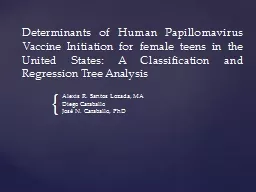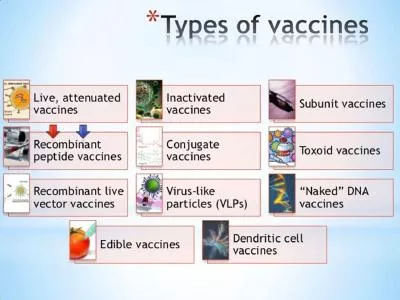PDF-Vaccine Risks Are Outweighed by the Risks of
Author : lindy-dunigan | Published Date : 2015-09-17
Not Vaccinating Should Vaccinations be Manditory 2010 Paul A Offit is a professor of pediatrics at the University of Pennsylvania Medical School and author of Vaccinated
Presentation Embed Code
Download Presentation
Download Presentation The PPT/PDF document "Vaccine Risks Are Outweighed by the Risk..." is the property of its rightful owner. Permission is granted to download and print the materials on this website for personal, non-commercial use only, and to display it on your personal computer provided you do not modify the materials and that you retain all copyright notices contained in the materials. By downloading content from our website, you accept the terms of this agreement.
Vaccine Risks Are Outweighed by the Risks of: Transcript
Download Rules Of Document
"Vaccine Risks Are Outweighed by the Risks of"The content belongs to its owner. You may download and print it for personal use, without modification, and keep all copyright notices. By downloading, you agree to these terms.
Related Documents

